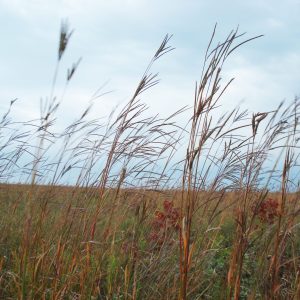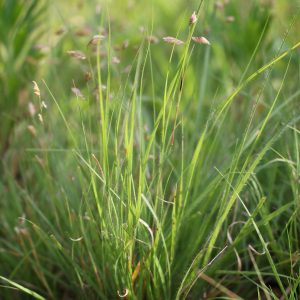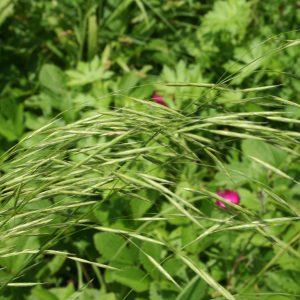Sedge, Wood Gray
In spite of the name, this sedge is not gray in color; birds and occasionally squirrels eat the seeds; livestock eat foliage.
$3.00 – $34.00
For quantity discount pricing, request a quote.
Description
Carex grisea, commonly known as Wood Gray Sedge is a native perennial clump forming sedge. Despite the common name, it is actually dark green in color.
Wildlife notes
The caterpillars of various butterflies, skippers, and moths feed on the foliage of Sedges. In particular, woodland sedges are host plants of two woodland butterflies, Eyed Brown and Appalachian Brown. The seedheads of sedges are eaten by many kinds of birds. In woodlands, the Gray Squirrel and Fox Squirrel eat the seedheads to a limited extent. In contrast, White-Tailed Deer usually leave the foliage of sedges alone.
Forage notes
livestock eat the foliage.
Landscaping notes
This sedge adapts readily to light shade, moist conditions, and a fertile loamy soil with some organic material. It can be grown underneath trees. Carex grisea also resembles lily turf (Liriope sp.) and would be a good native alternative to that overused non-native ground cover.
Restoration notes
Habitats include moist to mesic areas of rich deciduous woodlands, bottomland forests, woodland borders, and shaded roadside ditches. This is one of the more common sedges of moist woodlands.
Articles and Videos About This Plant
To learn more about native plants, check out the following links:
Additional information
| Weight | N/A |
|---|---|
| Unit | Packet, Ounce, Pound |
| Light | Full Sun to Part Shade |
| Soils | Average, Moist |
| Height | 15"-24" |
| Color | Green |
| Bloom Month | Apr, May |
| Specialty Uses | Wildlife |
| # seeds/pkt | 200 |
| Packet coverage area | 5 sq ft. |


